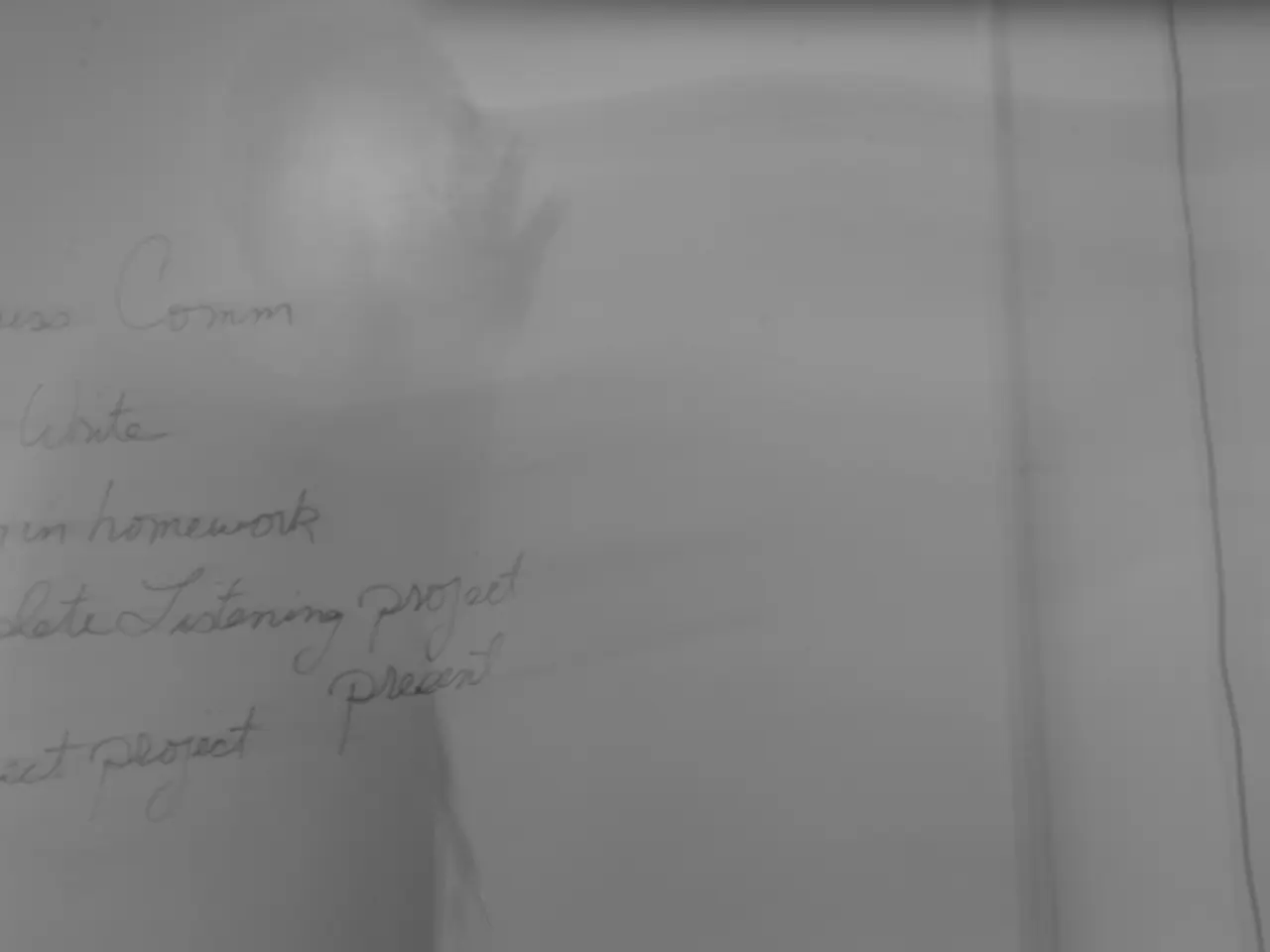Instructions for Conducting Literature Reviews
When embarking on a literature review, one of the first decisions you'll need to make is choosing the appropriate format. Each format has its unique features and is suited to different research goals, disciplines, and the nature of the existing literature. Here's a breakdown of some common literature review formats and where they are typically used.
Systematic Review
A Systematic Review is a comprehensive and rigorous approach to synthesizing and comparing evidence to answer a specific research question. It is commonly used in health sciences, social sciences, and STEM fields, where precision and evidence synthesis are critical for policy or practice [1][3].
Semi-Systematic Review
A Semi-Systematic Review provides an overview of a research area and trends over time. It is less detailed than a Systematic Review, but still identifies themes, gaps, or models across disciplines [1].
Integrative Review
An Integrative Review synthesizes diverse literature to create new perspectives or theoretical frameworks. It is particularly useful in social sciences and humanities, where combining insights from different fields is needed [1][2][4].
Argumentative Review
An Argumentative Review selectively examines literature to support or refute a specific argument or philosophical stance. It is often used in social sciences, where debates on value-laden issues require supporting or challenging existing ideologies or assumptions [2][4].
Historical Review
A Historical Review traces the evolution of research on a topic over time, placing research in historical context. It is valuable when a deep understanding of the development of ideas or phenomena over time is necessary [2].
Scoping Review
A Scoping Review assesses the size and scope of existing literature, generally on diverse topics. It is common in health sciences and interdisciplinary fields [3].
Traditional Literature Review
A Traditional Literature Review provides a selective or thematic overview of literature without a strict methodology. It is often found in many disciplines, helpful for situating research without a systematic search [3].
Choosing the right format for your literature review depends on your research goals, the discipline norms, and the nature of the existing literature. Each format balances rigor, scope, and flexibility differently based on these needs.
Citing Sources
Two of the most common formats for literature reviews are APA and MLA. In APA, sources are cited in the text with the author and year, while in MLA, sources are cited parenthetically with the author and page number. Detailed formatting instructions can be found in the official APA or MLA guides.
Choosing the Right Format for Your Discipline
- Systematic Reviews are standard in health sciences, STEM, and often social sciences when precision and evidence synthesis is critical for policy or practice.
- Semi-Systematic Reviews are used across disciplines to survey broad areas, identify trends, or develop theoretical frameworks without the exhaustive search requirements of systematic reviews.
- Integrative Reviews fit social sciences and humanities, where combining theoretical insights from multiple fields to develop new frameworks or reconceptualizations is needed.
- Argumentative Reviews appear mostly in social sciences where debates on value-laden issues require supporting or challenging existing ideologies or assumptions.
- Historical Reviews are valuable when a deep understanding of the development of ideas or phenomena over time is necessary, applicable across social sciences and humanities primarily.
- Scoping Reviews suit exploratory research that maps the extent of literature, especially when the topic is broad or literature is heterogeneous.
- Traditional Literature Reviews serve as broad overviews often found in many disciplines, helpful for situating research without a systematic search.
Finalizing Your Literature Review
Before finalizing your literature review, seek feedback to improve the quality and clarity of the review. In APA, summarize key findings, discuss implications, and suggest further research approaches in the conclusion. In MLA, summarize main points and discuss implications in the conclusion.
Format-Specific Guidelines
- APA format includes a title page, abstract, introduction, main body, conclusion, and references.
- MLA format includes a header, title, introduction, main body, conclusion, and works cited.
- Harvard format includes a title page, abstract, introduction, body, in-text citations, and reference list.
- Chicago/Turabian format includes a title page, abstract (optional), introduction, body, citations, and bibliography.
- Vancouver format is primarily used in medical and scientific literature and includes a title page, abstract, introduction, body, numbered citations, and references.
- IEEE format is frequently used in technology, computer science, and information technology and includes a title page, abstract, introduction, body, numbered citations, and references.
References
[1] Tran, F., & Braun, V. (2015). Enhancing transparency in reporting the synthesis of qualitative research in systematic reviews: The consolidated criteria for reporting qualitative research (COREQ) extension & checklist and appraisal for systematic reviews (ACoQR). Journal of Clinical Epidemiology, 68(10), 1143–1146. https://doi.org/10.1016/j.jclinepi.2015.06.009
[2] Watt, M. (2013). The nature and purpose of literature reviews. International Journal of Social Research Methodology, 16(3), 248–257. https://doi.org/10.1080/13645579.2012.746273
[3] Arksey, H., & O'Malley, L. (2005). Scoping studies: developing the methodology. Journal of the Medical Library Association, 93(3), 207–215. https://doi.org/10.3163/1536-5050.93.3.020
[4] Kitchenham, B., Chisholm, R., & Schunn, C. (2009). Systematic literature review methodology for software engineering: A survey of survey methods. IEEE Transactions on Software Engineering, 35(2), 125–142. https://doi.org/10.1109/TSE.2008.45
Researchers may find online-education platforms, such as Coursera or Khan Academy, useful for self-development in understanding the various formats of literature reviews. For instance,one can learn about Systematic Reviews, Semi-Systematic Reviews, Integrative Reviews, Argumentative Reviews, Historical Reviews, Scoping Reviews, and Traditional Literature Reviews through the educational content available online.
Education-and-self-development opportunities are not limited to traditional classrooms or university settings; one can engage in research-related learning by conducting a literature review, which can be enhanced through online resources that provide structure, guidance, and tools for the research process.




